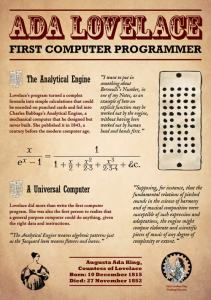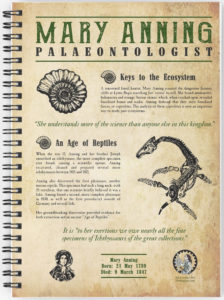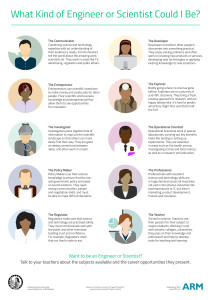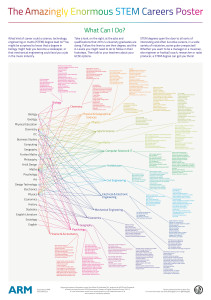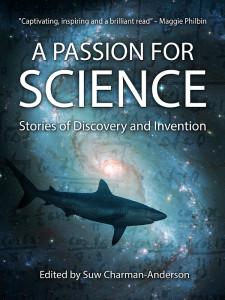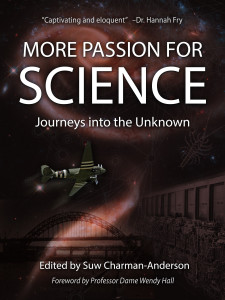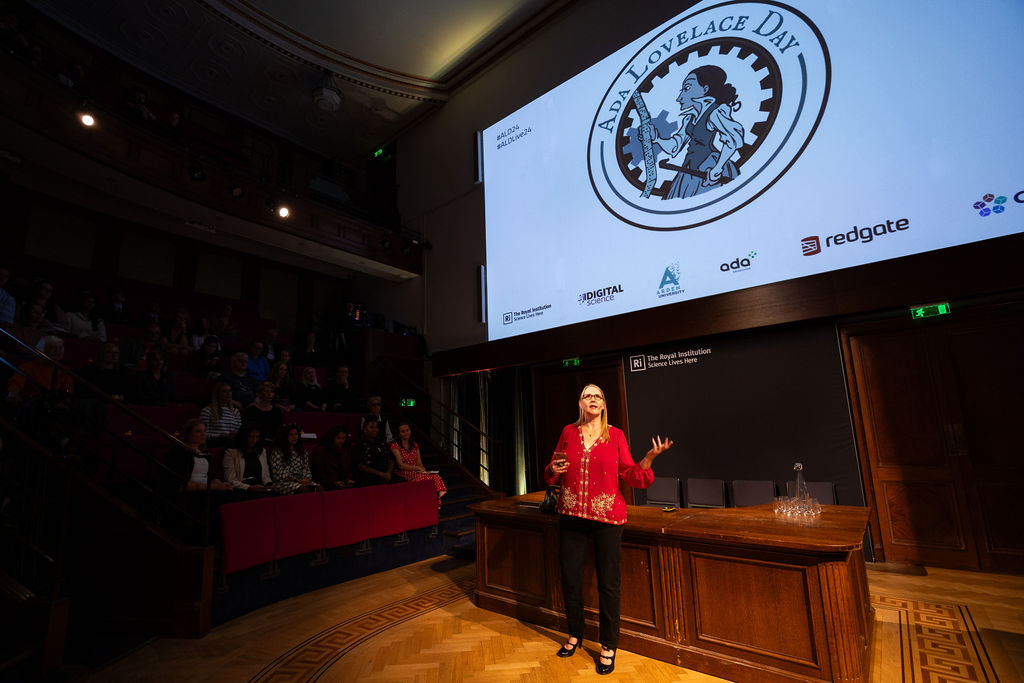
Ada Lovelace Day Live to end
It is with great sadness that I must announce that Ada Lovelace Day, as an annual event and year-round project to support girls and women in STEM, is closing.
Despite the amazing response I have had and continue to have to Ada Lovelace Day Live and other work that I’ve done, and despite the vast number of people around the world who have put on their own Ada Lovelace Day events over the last decade and a half, I have not been able to raise the funding required to keep Ada Lovelace Day Live going.
This means that there will be no further Ada Lovelace Day Live events and nor will I be able to continue the work I do year round, such as giving talks or writing about notable women in STEM.
Ada Lovelace Day as a day in the calendar will continue — it has become a day that is celebrated all around the world and I encourage everyone to continue organising their own independent events.
But there will be no official event, no online blog post marathon and minimal official activity on the day itself. The weekly newsletter will continue, but the monthly newsletter will be put on hiatus for a while whilst I work out what comes next. Our social media presence will now largely be automated and I will continue to mine our marvellous archives for videos, blog posts and articles you may have missed.
Co-creating the future
I said at Ada Lovelace Day Live that I was interested in co-creating the future of ALD, and I am. If you have ideas for fully-funded projects that will contribute to our mission of getting more girls to study and pursue careers in STEM, and supporting women to flourish in STEM careers, please get in touch.
There is still a lot of work to be done, but the world has changed a lot over the last 16 years, and I need to find a way to adapt ALD to this new reality. Events have lost their lustre, so I’m looking for new ways to reach and engage people.
I am particularly interested in talking to individuals and companies who would like to take a novel and exciting approach to inspiring women into STEM, to wit, Fieldwork, my sitcom podcast about women and minority ethnic ecologists working at a field station. Initial development was supported by part of the i-COMET grant, and I will shortly begin fundraising to support script writing/editing and podcast production. Please do drop me a line if you’re interested!
Why is this happening?
The root cause of our closure is a lack of financial support from the STEM industries. Whilst I have had lots of amazing sponsors, to whom I’m very grateful, on average we lost half of our sponsors every year and some years we lost all of them and had to start fundraising from scratch. That meant I had to spend more time fundraising and less time working towards fulfilling our mission to support girls and women in STEM.
Furthermore, the big tech companies, such as Apple, Alphabet and Microsoft, have shown no interest in supporting ALD, despite hoarding some $1 trillion in cash and investments. Apple alone is squatting on $167 billion. They could fund the entire women in STEM sector and not even notice.
Those of you who have been long-time supporters will remember that I’ve been in this situation before — this is not a new problem, even if it’s one that has worsened recently.
I’ve run several crowdfunding campaigns, including one in 2019 which was moderately successful. Despite that, in 2022 I was again looking at a significant financial shortfall. It was only when the BBC covered ALD’s imminent closure that I attracted sufficient sponsorship to continue.
However, this year I raised a fraction of what I needed and, after many conversations with people across industry, it has become clear that the outlook for 2025 is equally poor. The STEM industries, along with others, are pulling away from gender equality work specifically and DEI in general, defunding or closing programs and firing DEI officers. Indeed, Forbes reports that “Meta and Google have quietly dialed back DEI efforts, and Microsoft made headlines when the company eliminated a set of DEI roles within its events team.”
Ada Lovelace Day is not unusual, we’re just the latest in a long list of organisations that have closed or simply gone dark: Tech Girls Movement, 500 Women Scientists, Women Who Code, Tech Talent Charter and Girls in Tech have all closed or halted work over the last 18 months. I know of another 20 or so groups that have gone dark over the last five years.
I began working on what was to become ALD towards the end of 2008 and ran it part-time until 2015, when I raised enough money for it to become my full-time job. Over the last 16 years, I have made significant personal sacrifices to keep it going, but I can no longer afford to run ALD and my life on a shoestring.
Thank you
I’d very much like to thank everyone who has supported me over the last 16 years. There are far too many supporters, volunteers, indie event organisers, advisors and companies to thank by name, but I am grateful to every one of you. Together, we made Ada Lovelace Day a global movement that has reached, supported and inspired millions of people. I feel phenomenally proud of that, and you should too.
What is Ada Lovelace Day?
Ada Lovelace Day (ALD) is an international celebration of the achievements of women in science, technology, engineering and maths (STEM). It aims to increase the profile of women in STEM and, in doing so, create new role models who will encourage more girls into STEM careers and support women already working in STEM.
Founded in 2009 by Suw Charman-Anderson, it is now held every year on the second Tuesday of October. It features the flagship Ada Lovelace Day Live! ‘science cabaret’ in London, UK, at which women in STEM give short talks about their work or research in an informal, theatre-like setting.
Organising your own ALD event
Ada Lovelace Day also includes dozens of grassroots events around the world, organised entirely independently from the ALD Live! event. These events take many forms — from conferences to Wikipedia ‘edit-a-thons’ to pub quizzes — and appeal to all ages, from girls to university students to women with well-established careers. Every year, people in dozens of countries across six continents put on their own event to support women in their own communities.
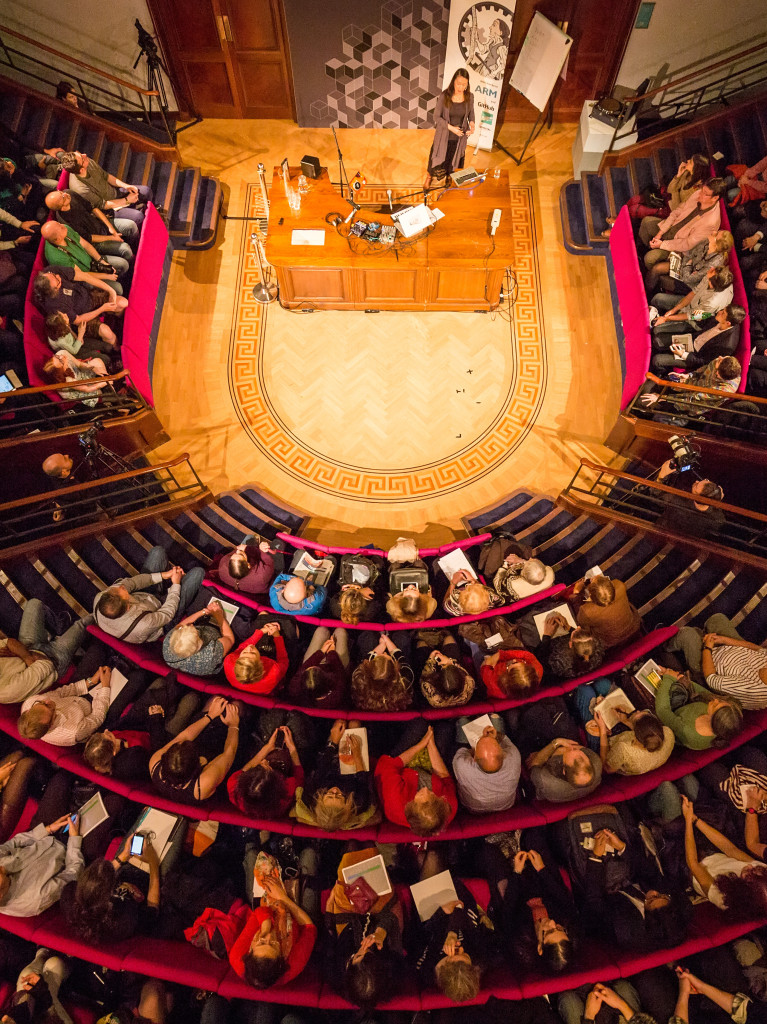
The Enchantress of Numbers
She conjures numbers in the night;
they bow and dance before their queen,
who labours hard by candle-light
at work the world has not yet seen.
She brings the future into sight
and contemplates the new machine.
The digits fall beneath her spell,
no less in beauty than an ode;
her father's child, she knows so well
imagination's open road.
It leads where only time will tell,
this magic trail she lays with code.
Brian Bilston
Reproduced with kind permission.
Right: Portrait of Ada Lovelace by Margaret Sarah Carpenter, 1836.
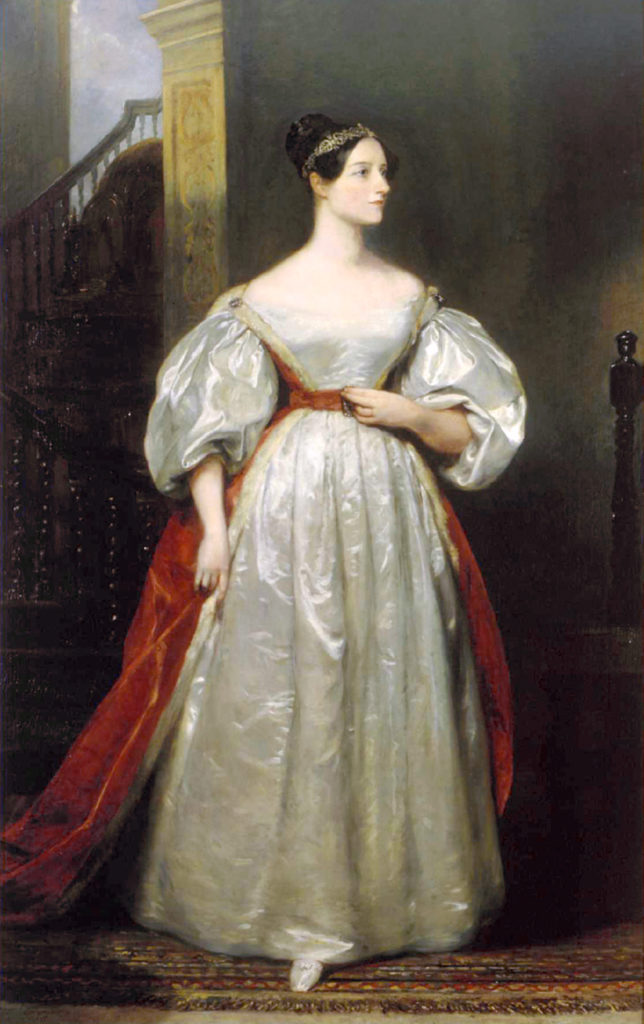
Posters, notebooks, greetings cards
You can now buy Ada Lovelace posters, prints, greetings cards, and notebooks from our RedBubble shop! We have a full range of merchandise featuring Ada Lovelace and palaeontologist Mary Anning, plus our two careers posters available for sale.
All profits go to supporting Ada Lovelace Day, and we'll be adding to our range over coming months.
Our Passion for Science
Our mission at Ada Lovelace Day is to raise the profile of women in STEM, and we think our two anthologies about the inventors, pioneers, technologists, scientists, engineers and mathematicians, both modern and historic, do exactly that! Indeed, only one thing unites these stories, whether it is the ground-breaking use of scuba diving to study sharks, or the rigorous physical and psychological testing of Mercury astronaut hopefuls — all our protagonists are women.
A Passion for Science: Stories of Discovery and Invention brings together inspiring stories of how we achieved some of the most important breakthroughs in science and technology, from the identification of the Horsehead Nebula to the creation of the computer program, from the development of in vitro fertilisation to the detection of pulsars.
Journalist and TV presenter Maggie Philbin said that the book is "a brilliant read" and a "powerful, important and engaging record of women’s experiences in science and technology. Some stories I thought I knew, others were completely fresh to me, but every one captured the spirit of a woman I would have loved to have been."
Read our sample chapters, or buy the ebook on Amazon for £1.99.
Our second book, More Passion for Science: Journeys Into the Unknown, explores topics as diverse as the Air Transport Auxiliary ferrying planes around the UK during the Second World War under incredibly dangerous conditions, the programming of the first electronic general purpose computer, and the building of the Brooklyn Bridge.
“This is a wonderful collection of stories written with charm and eloquence by a wonderful collection of people," said mathematician and broadcaster Dr Hannah Fry. "There are captivating tales of celebrated characters and intriguing hidden stories from those sidelined from the spotlight."
Again, you can read some sample chapters, or buy the ebook on Amazon.
From Kiribati to Howland Island
In the middle of the Pacific Ocean, on Kiritimati Island, Ada Lovelace Day begins. Also known as Christmas Island, the coral atoll is situated in the Line Islands and is a part of the Republic of Kiribati. It lies 14 hours ahead of GMT/UTC, and 13 hours ahead of British Summer Time.
It continues for a mindbending 50 hours, until midnight on Baker Island and Howland Island, two uninhabited atolls which are actually further west than Kiritimati Island but which sit on the other side of the International Date Line. Both islands are 12 hours behind GMT/UTC, or 13 hours behind BST.
Who was Ada Lovelace?
Born in 1815, Ada Lovelace collaborated with inventor Charles Babbage on his general purpose computing machine, the Analytical Engine. In 1843, Lovelace published what we would now call a computer program to generate Bernoulli Numbers. Whilst Babbage had written fragments of programs before, Lovelace's was the most complete, most elaborate and the first published.
More importantly, Lovelace was the first person to foresee the creative potential of the Engine. She explained how it could do so much more than merely calculate numbers, and could potentially create music and art, given the right programming and inputs. Her vision of computing's possibilities was unmatched by any of her peers and went unrecognised for a century. Read our biography of Lovelace to find out more!
Why October?
People often ask why Ada Lovelace Day is the day that it is. The explanation is rather mundane: the date is arbitrary, chosen in an attempt to make the day maximally convenient for the most number of people. We have tried to avoid major public holidays, school holidays, exam season, and times of the year when people might be hibernating, so we use the second Tuesday in October.
Why not just used Ada's birthday? Well, Ada was born on 10 December and, in the UK where Ada Lovelace Day is based, December is swamped by Christmas parties, making venue hire tricky and putting us in competition with traditionally unmissable employee booze-ups. Given her tragically early death at just 36, it would feel inappropriate to celebrate her deathday on 27 November.
